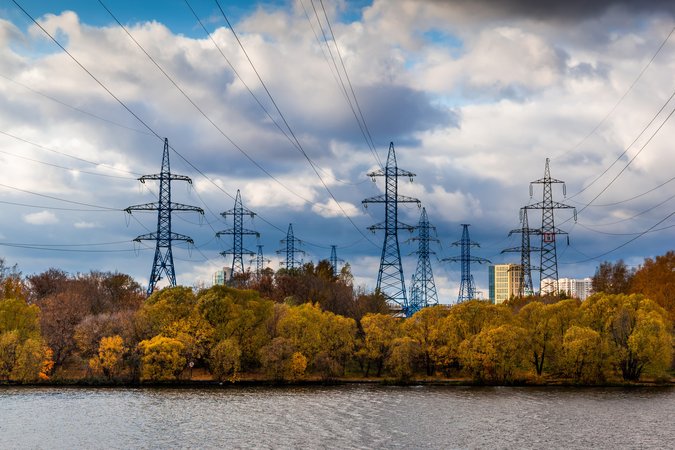State-Level Planning for Decarbonization: Critical Elements of Effective State Action
This working paper discusses critical barriers states face when pursuing electricity decarbonization, focusing on clean generation investment, transmission, and demand management.
Executive Summary
All over the United States, state governments are pursuing decarbonization on their own and in concert with other states. Much of this effort has focused on the electricity sector, where decarbonization will require investment in clean generation and transmission and a bigger focus on demand management. On April 5, 2022, the University of Virginia, the National Renewable Energy Laboratory, and Resources for the Future gathered experts to discuss the unique barriers that states face as they work toward electricity decarbonization.
Three important institutional issues arise when pursuing subnational climate policy: coordination, authority, and expertise. Coordination among a large number of states (and other jurisdictions) is challenging even when the costs and benefits of acting are confined to the jurisdictions involved. For decarbonization, with costs and benefits shared both among and beyond the acting states, the transaction costs of coordination can be expected to rise rapidly. Such problems exist within states as well, as effective decarbonization policies require actions across traditionally independent lines of agency authority. The difficulty of inducing cooperation across agency lines of authority presents a substantial friction that can slow the drive to decarbonization. Add to this the important role of regional Independent System Operators (ISOs) and other nonstate actors, and the coordination problems for state-level action can appear daunting indeed.
The federal structure of authority in the US limits the range of state action. US states, as with subnational jurisdictions everywhere, have limited authority, especially in addressing problems that cross state lines, and they are also limited in the ways in which they can cooperate.
Finally, large economies of scale exist in developing the expertise and institutional capacity needed to address the challenge of global warming. Once again, coordinating investments in new knowledge and expertise among the states would probably yield large gains, but allocating costs and benefits across jurisdictions poses significant challenges.
For clean generation investment, barriers include market structures that disfavor renewable energy resources, backed-up interconnection queues, local siting opposition, policy uncertainty, and challenges in arranging for efficient procurement of clean power. Barriers to needed transmission investment include institutional mismatch between state agencies and Regional Transmission Operators (RTOs) with authority over transmission, difficulty agreeing on cost allocation for interstate and interregional transmission, insufficient state government capacity for studying and engaging with the planning process, and local opposition. Demand management is hampered by lack of access to energy efficiency for low-income households and renters, inadequate metrics for energy efficiency, inadequate price incentives for consumers, incomplete incentives for utilities and transmission investors, and inequitable and confusing rate structures. Workshop participants suggested ways that states can engage with the Federal Energy Regulatory Commission, RTOs, state public utilities commissions, other state agencies, regulated utilities, independent power producers, and local governments to address these barriers. Participants also suggested many promising areas for future research that academics, state and federal agencies, national labs, and independent research organizations can address to help states move toward electricity decarbonization.
Authors

Thomas Bowen
National Renewable Energy Laboratory

Chrissie Ivanova
Pine Gate Renewables

Bill Shobe
University of Virginia





